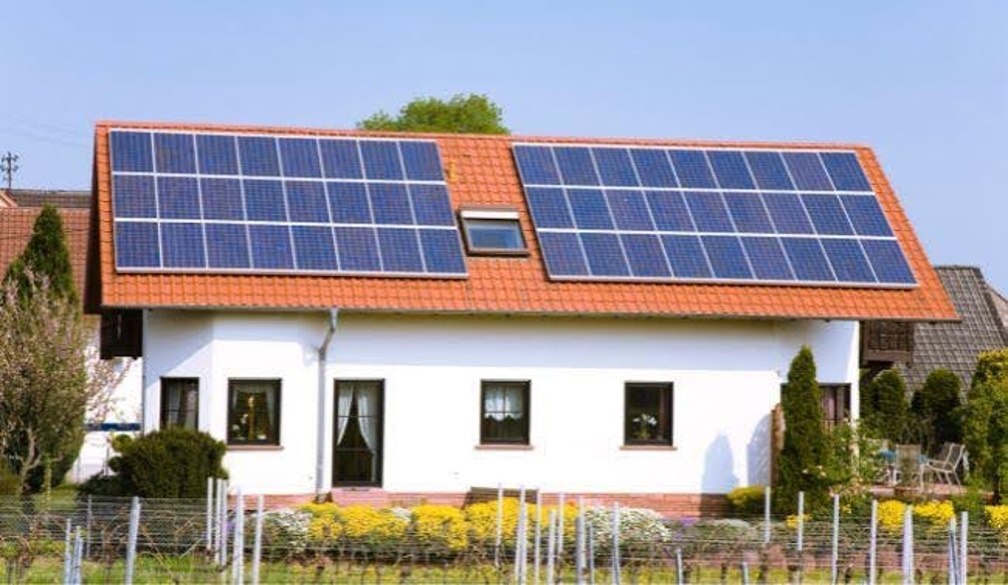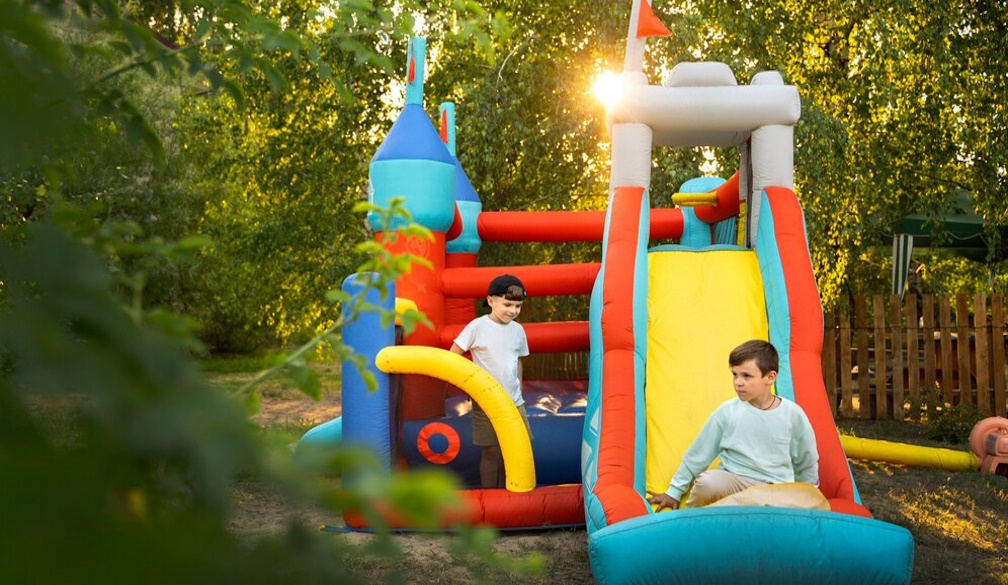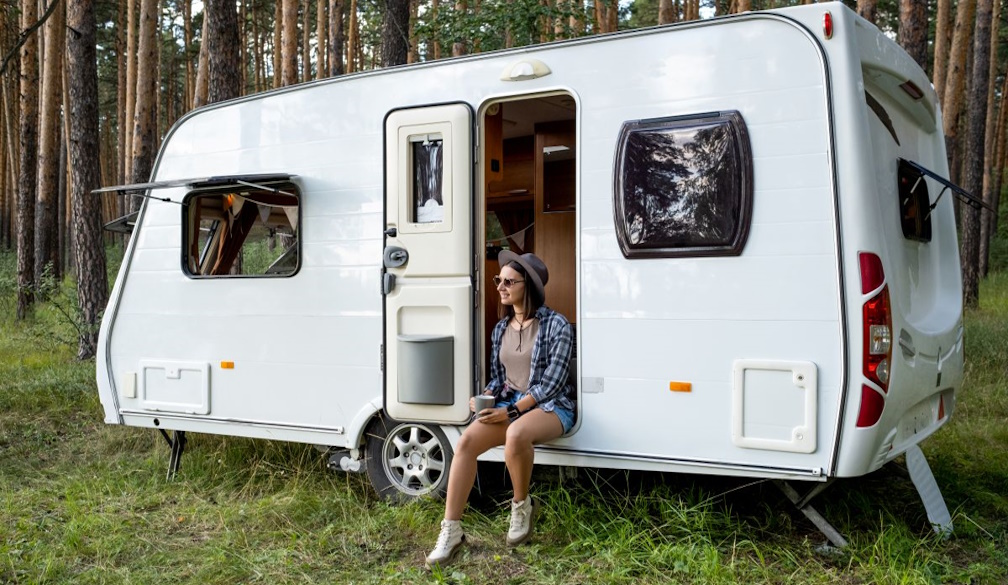Thinking About Solar? Here’s What You Should Know Before Installing

More Australians than ever are thinking about installing solar panels, and it is easy to see why. With energy prices climbing and a bigger push towards greener living, solar power can be a smart move for your home and your wallet. Before you dive in, it is important to know what is involved. Some parts of the installation, like metering and grid connections, may also need a licensed level 2 electrician.
Solar is a big investment, but a little planning now can save you time, money, and headaches later. From checking your roof to choosing the right system size, here are the key things you should know before getting started.
1. Know How Much Energy You Use
One of the first things to look at is how much electricity your household actually uses. Grab a few recent power bills and have a look at your daily and monthly usage.
This will help you figure out what size solar system you need. If you think your energy needs might grow in the future, like buying an electric car or adding a pool, make sure to factor that in too.
2. Check If Your Roof Is Solar-Ready
Not every roof is perfect for solar panels. The ideal roof faces north, has the right tilt, and is free from heavy shade during the day.
It is also important to check the condition of your roof. If it is getting old or needs repairs, it is better to sort that out first rather than pull panels off later for maintenance.
3. Look Into Rebates and Incentives
There is good news if you are worried about the upfront cost. Between the federal government’s Small-scale Renewable Energy Scheme and some state-based programs, there are plenty of incentives that can help lower the price.
A good solar installer will usually explain what you are eligible for and help you claim any rebates.
4. Invest in Quality Panels and Inverters
Solar is not something you want to skimp on. Going for the cheapest panels and inverters often leads to lower performance and a shorter lifespan.
Stick with trusted brands that offer strong warranties. You want panels that last around 25 years and inverters that come with at least 10 years of cover.
5. Think About Batteries
Batteries are becoming more popular, especially if you want to store excess solar power to use at night. While they are still fairly pricey, prices have been coming down.
Even if you are not ready for a battery yet, you can install a system that is battery-ready, making it easier to add one down the track.
6. Choose the Right Installer
Picking a good installer is just as important as choosing good panels. Make sure your installer is accredited with the Clean Energy Council and has plenty of experience.
Some parts of the installation, like connecting your solar system to the grid, might need a level 2 electrician. They are licensed to handle work that connects private properties to the public network safely and legally.
7. Plan to Maximise Your Solar Savings
Once your panels are up, you will get the most out of them by using more power during the day. Run your washing machine, dishwasher, and pool pump when the sun is shining to really make the most of the free energy you are generating.
If you export power back to the grid, you might also get a feed-in tariff from your electricity retailer, giving you even more savings.
8. Understand What Happens After Installation
After your solar system is installed, you will probably need a new meter or an upgrade to your existing one so it can track the power you are exporting. This part is important to get right. A specialist in electricity meter installation in Sydney can make sure everything is safely connected and compliant with the latest standards.
There might also be a small wait time for approval from your energy distributor before you can start using your system fully.
9. Work Out Your Payback Period
One thing most people want to know is how long it takes to break even. In Australia, the average payback period for solar is between four to seven years, depending on how much you paid and how much energy you use during the day.
After that, it is all savings.
Final Thoughts
Installing solar is one of the best upgrades you can make to your home, both for your budget and for the environment. But it is worth getting the right advice before you start, so you know what to expect and can avoid any surprises.
From checking your energy needs to making sure you have the right professionals involved, including a qualified level 2 electrician, every step plays a part in getting the best out of your solar investment.





